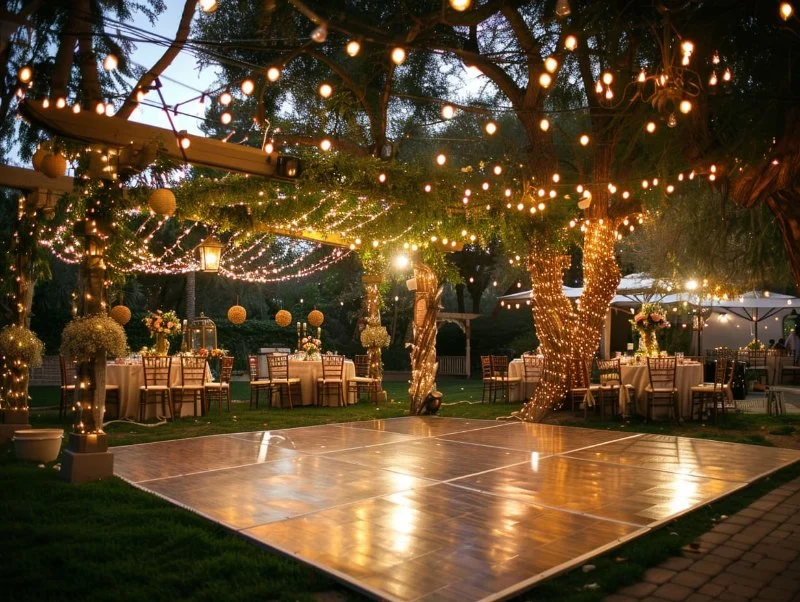
1. Introduction: Why Build a DIY Dance Floor in Your Garage or Basement?
If you love to dance and want a dedicated space to practice or host dance parties, building a DIY dance floor in your garage or basement is an excellent solution. A custom-built dance floor not only provides a perfect surface for dancing but also adds a professional touch to your home studio or entertainment area. In this article, we’ll walk you through everything you need to know about building a dance floor in your garage or basement—from the materials you'll need to the steps to ensure a smooth, sturdy surface.
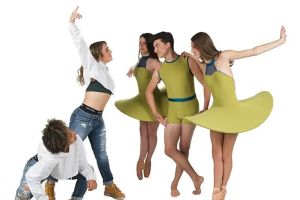
Next Step Dance / the next step dance studio
10850 Frisco St #200, Frisco, TX 75033, USA
2. The Benefits of Having a Dance Floor at Home
Having a dance floor in your garage or basement can transform any space into a functional, stylish area for practice or parties. Whether you're a beginner or a seasoned dancer, a dedicated space allows you to improve your skills while providing a safe environment to practice different dance styles.
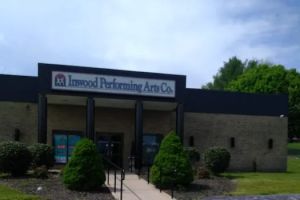
Inwood Performing Arts Co / inwood performing arts
InwoodBerkeley CountyWest Virginia
2297 Henshaw Rd, Inwood, WV 25428, USA
2.1 Perfect for Dance Practice
Dance requires a smooth, stable surface, and a DIY dance floor allows you to replicate the conditions of a professional studio at home. Practicing on the right type of floor can improve your technique, reduce the risk of injury, and provide the ideal surface for various dance styles such as ballet, hip-hop, or salsa.
2.2 Ideal for Dance Parties and Entertainment
A dance floor also makes a great addition to your home for hosting events like dance parties or celebrations. Whether it's a birthday, holiday gathering, or a casual dance-off with friends, a professional-looking floor will set the mood and make your space feel more festive and fun.
3. Materials and Tools You’ll Need to Build a DIY Dance Floor
Building your own dance floor doesn’t have to be complicated or expensive. With the right materials and tools, you can create a quality dance surface that will last. Here’s a list of what you’ll need:
3.1 Materials
When selecting materials for your dance floor, you want something that is durable, smooth, and easy to clean. Some common materials used for DIY dance floors include:
- Plywood Sheets: Plywood is an affordable and sturdy option that can provide the necessary smoothness for most dance styles.
- Vinyl Flooring: For a more polished look, you can opt for vinyl flooring, which is often used in professional dance studios for its durability and ease of maintenance.
- Foam Underlayment: A foam underlayment can provide extra cushion and shock absorption, making it ideal for styles that require jumping or impact.
- Finish (Optional): To protect your floor and enhance its longevity, you can apply a protective finish such as polyurethane or floor polish.
3.2 Tools
You’ll also need a few basic tools to put everything together:
- Measuring tape
- Circular saw (if needed to cut plywood)
- Drill with screws
- Stapler (for vinyl or fabric-based floors)
- Leveling tool to ensure your floor is even
4. Steps to Build Your DIY Dance Floor
Once you have your materials and tools ready, you can start building your DIY dance floor. Here’s a step-by-step guide:
4.1 Measure and Prepare Your Space
The first step is to measure the area where you want to install the dance floor. Whether it's a portion of your garage or your entire basement, knowing the exact dimensions of the space will help you determine how much material you need. Make sure the floor surface is level and clear of any obstacles before starting the installation.
4.2 Cut and Lay Down the Plywood
If you're using plywood, start by cutting the sheets to fit your space. You can lay them directly on the floor, but if you want added cushioning, consider placing foam underlayment before securing the plywood. Use screws to attach the plywood sheets together, ensuring that the edges are flush for a seamless look. Make sure the surface is even and smooth as you lay each piece down.
4.3 Install Vinyl or Additional Flooring
If you’ve chosen vinyl flooring or another finished material, it’s time to lay it over the plywood. Cut the vinyl to the appropriate size, and then use adhesive or staples to secure it. Make sure there are no wrinkles or gaps, and smooth out any air bubbles as you go.
4.4 Finishing Touches
Once your floor is securely installed, you may want to apply a protective finish. This can help prevent wear and tear and keep your floor looking fresh for longer. Polyurethane or dance floor-specific finishes are great options that protect against scratches and maintain a smooth surface for dancing.
5. Case Study: Transforming a Garage into a Home Dance Studio
One dance enthusiast, Sarah, transformed her garage into a beautiful home dance studio by building a DIY dance floor. She used plywood sheets for the main structure and laid down a layer of foam underlayment for added comfort. After measuring and cutting the plywood to fit her space, she covered it with vinyl flooring and added a layer of finish. The result was a sturdy, smooth dance surface that she could use for practicing ballet, contemporary dance, and even some tap dancing. Sarah now enjoys a dedicated dance space at home and has saved money by creating the floor herself. She also frequently hosts dance parties, where her friends admire the floor she built with her own hands.
6. Conclusion: Building a Dance Floor at Home is Worth the Effort
Building a DIY dance floor in your garage or basement is a rewarding project that can enhance your dancing experience and create a professional space at home. With the right materials, tools, and a little bit of creativity, you can create a dance floor that is durable, functional, and affordable. Whether you're a hobbyist dancer, a professional, or someone who loves to host dance parties, a DIY dance floor is a great way to enjoy your passion for dance right at home.
If you're ready to take your dancing to the next level, consider visiting Creative Edge Dance Studio for more tips, supplies, and expert guidance on all things dance-related!
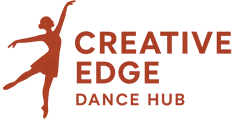
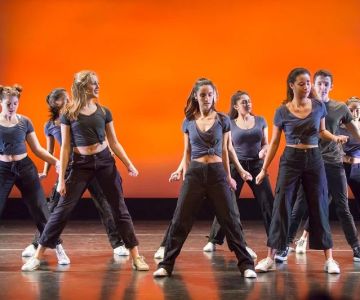
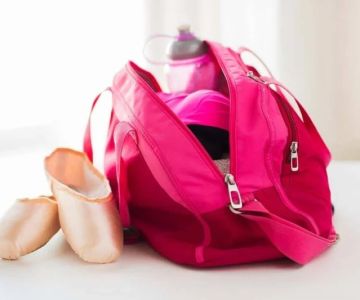
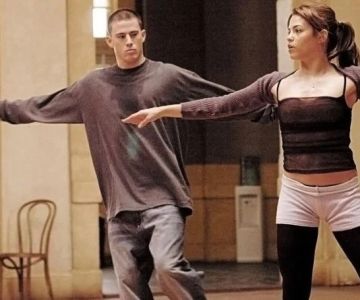
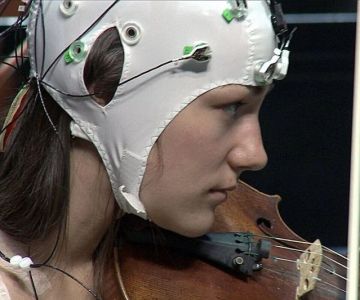
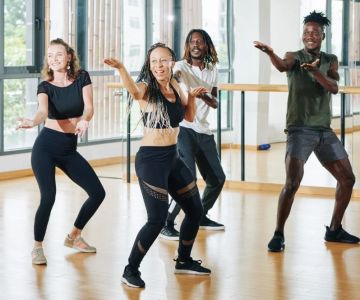

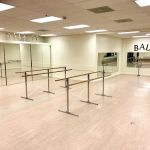 Backstage Dance Studio4.0 (45 reviews)
Backstage Dance Studio4.0 (45 reviews)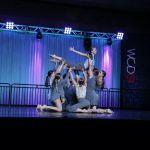 B-vibe The Dance Movement4.0 (18 reviews)
B-vibe The Dance Movement4.0 (18 reviews)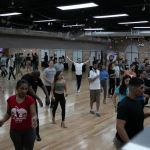 The Palladium4.0 (62 reviews)
The Palladium4.0 (62 reviews)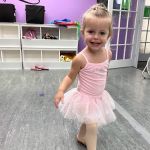 JMD Studios - EAST4.0 (3 reviews)
JMD Studios - EAST4.0 (3 reviews)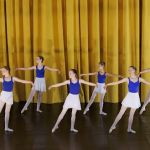 The Berwyn Ballet School5.0 (9 reviews)
The Berwyn Ballet School5.0 (9 reviews)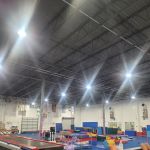 SportsRock Gymnastics4.0 (84 reviews)
SportsRock Gymnastics4.0 (84 reviews)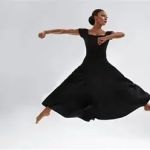 My Story of Dancing Without Gravity: A Futuristic Dance Experience
My Story of Dancing Without Gravity: A Futuristic Dance Experience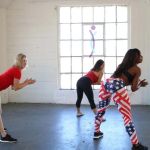 What is Twerking? Cultural Roots and How to Learn Safely
What is Twerking? Cultural Roots and How to Learn Safely My Journey from Beginner to Competitive Dancer in One Year
My Journey from Beginner to Competitive Dancer in One Year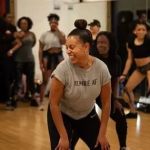 5 Things Nobody Tells You About Taking Beginner Dance Classes
5 Things Nobody Tells You About Taking Beginner Dance Classes What is Merengue? The Simple yet Fun Partner Dance
What is Merengue? The Simple yet Fun Partner Dance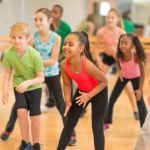 How to Find a Dance Class with a Diverse Group of Students | Tips for an Inclusive Experience
How to Find a Dance Class with a Diverse Group of Students | Tips for an Inclusive Experience